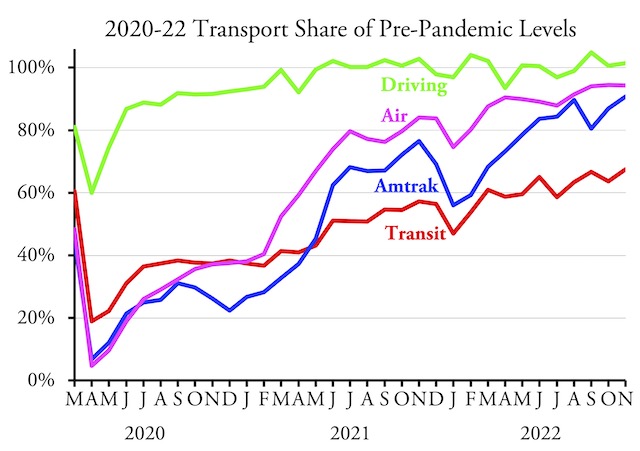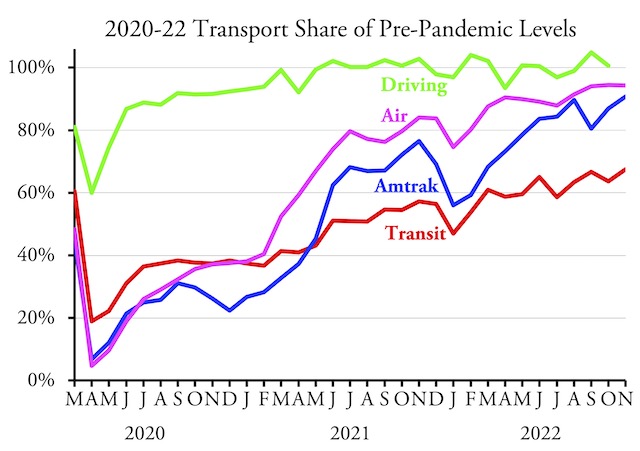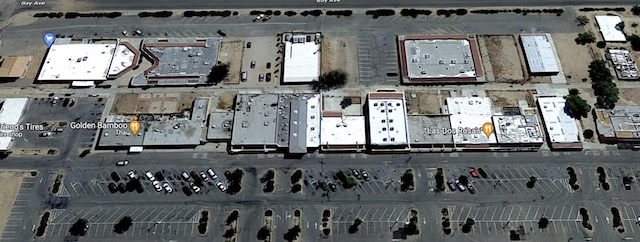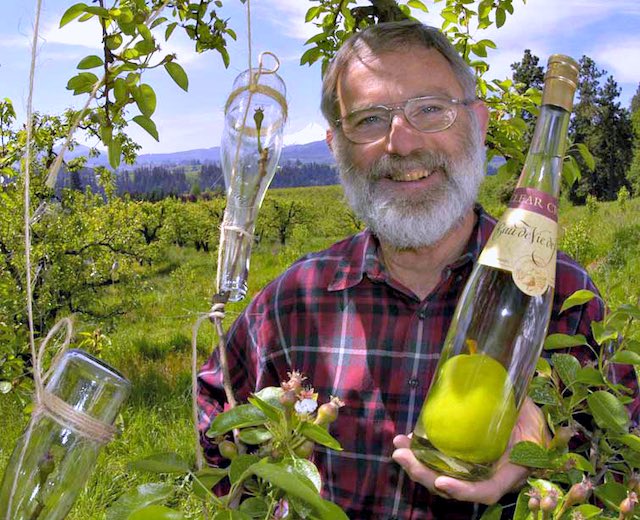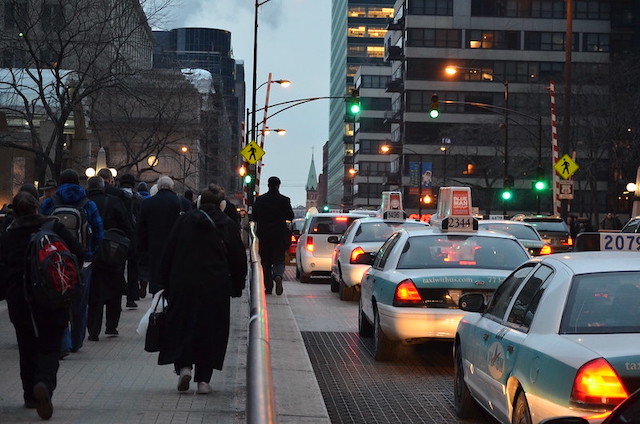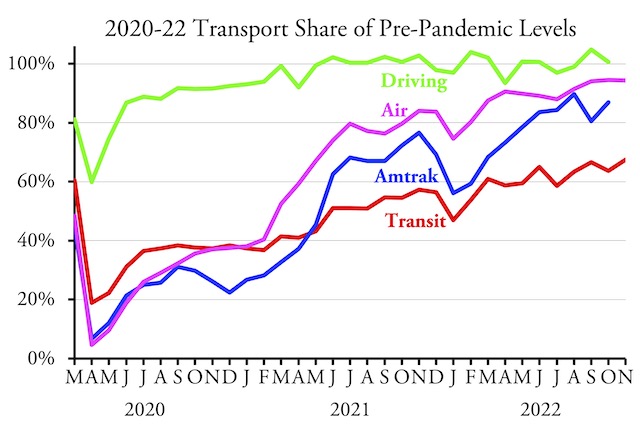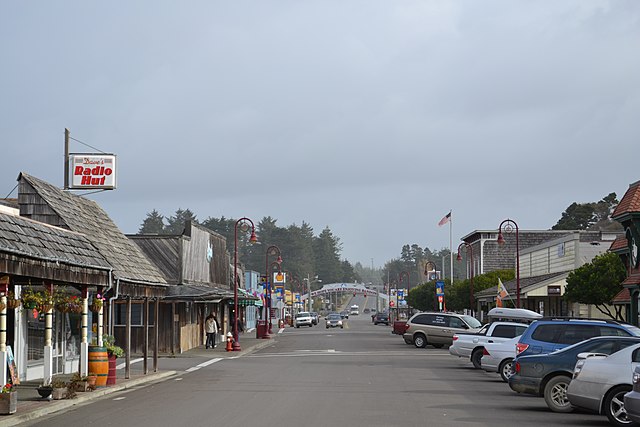When I heard that the World Economic Forum proposed to ban car ownership, I dismissed it as left-wing nonsense that would never get far with elected officials. But earlier this week the Scottish government announced it planned to ban car ownership as a part of its campaign to reduce per-capita driving by 20 percent by 2030.
The Scottish government plans to reduce car kilometres and discourage car use. They tell us the era of private car use is well and truly over…listen and hear the words for yourself…#Together #Scotland #SNP pic.twitter.com/PiA7eOLmhy
— Gillian McKeith (@GillianMcKeith) January 15, 2023
Of course, they say such actions are needed to reduce climate change, but the truth is that a lot of people have hated automobiles for decades and are just using climate change as an excuse to carry out their vendetta against personal mobility. They also claim to care about income inequality, but the automobile did more to reduce income inequality in the 20th century than just about anything else. Continue reading

